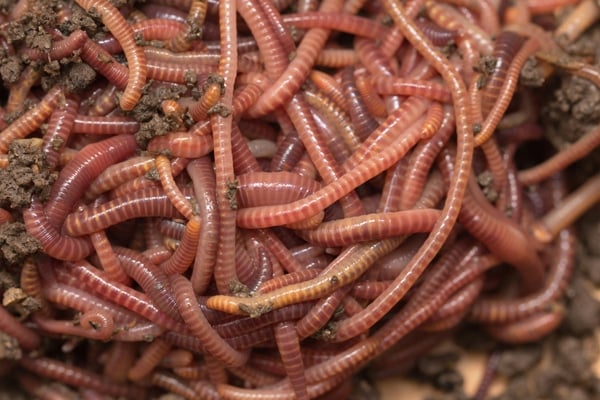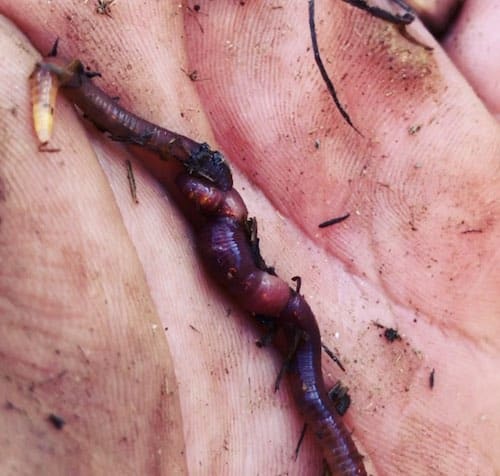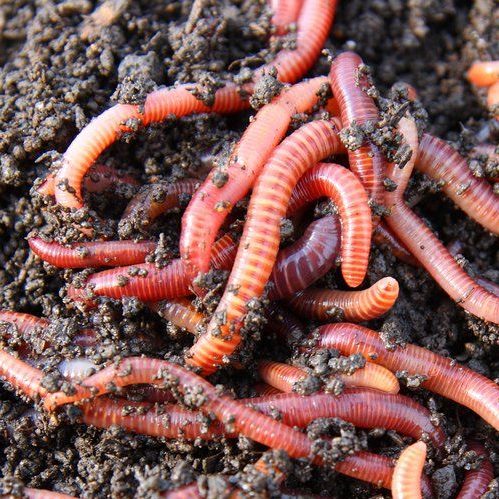Open the Secrets of Red Wigglers: Your Overview to Composting Success
The combination of red wigglers right into composting practices provides a significant opportunity for boosting dirt wellness and advertising sustainability. Comprehending their demands and behaviors is important for maximizing their potential, from establishing up a proper worm container to feeding them the ideal materials.

What Are Red Wigglers?
(Red Wiggler Express)Red wigglers, scientifically referred to as Eisenia fetida, are a species of earthworm mostly used in composting due to their impressive ability to break down raw material effectively. These worms are identified by their reddish-brown coloration and a fractional body, normally gauging between 3 to 4 inches in length. Unlike various other earthworm varieties, red wigglers thrive in rich, natural environments, making them perfect for vermicomposting systems.
Indigenous to North America, they are frequently found in decaying fallen leaves and garden compost piles, where they play an essential function in nutrient recycling. Their adjustment to living in a damp, cardiovascular environment allows them to take in large amounts of organic waste, breaking it down right into nutrient-rich spreadings that enhance soil wellness.
Red wigglers replicate rapidly, with a solitary worm capable of producing several cocoons each week, each consisting of multiple hatchlings. Recognizing the biology and behavior of red wigglers is vital for optimizing their capacity in composting applications.
Benefits of Utilizing Red Wigglers
Harnessing the power of red wigglers in composting supplies many advantages that boost dirt health and advertise sustainable waste administration. These exceptional microorganisms efficiently break down organic issue, transforming cooking area scraps and backyard waste into nutrient-rich vermicompost. This ended up item is exceptionally advantageous for plant growth, as it improves dirt framework, enhances wetness retention, and improves nutrition accessibility.

(Red Wiggler Express)Furthermore, the existence of red wigglers in your composting system can accelerate the composting process, creating high-quality compost in a portion of the moment contrasted to conventional methods. The castings generated by these worms are additionally brimming with valuable bacteria that better enhance the dirt ecosystem.
Establishing Your Worm Bin
Creating an efficient worm container is a straightforward process that can substantially boost your composting initiatives. The primary step is selecting an appropriate container. Worm bins can be made from plastic storage space containers, wood boxes, or commercially more tips here readily available worm bins. Ensure the bin has ample water drainage and ventilation holes to preserve optimum moisture degrees and air movement.
Next, prepare the bed linen material, which offers as the worms' habitat. A mix of shredded paper, cardboard, and coconut coir works well, supplying a comfortable atmosphere for the worms.

Feeding Your Red Wigglers
To make certain the health and productivity of your red wigglers, it is necessary to provide them with a well balanced diet plan that fulfills their dietary demands. Red wigglers grow on a diverse array of organic materials, which not only supply required nutrients but also promote reliable composting.
Start by incorporating kitchen scraps such as veggie peels, fruit cores, and coffee grounds. Stay clear of citrus fruits, onions, and garlic, as these can be detrimental to worm wellness. Additionally, introduce shredded paper, cardboard, and completely dry leaves to produce a well-aerated atmosphere.
Feeding regularity need to be monitored; typically, worms can take in half their body weight in food weekly. It is important to avoid overfeeding, as excess food can lead to undesirable odors and attract pests. An excellent technique is to include food in small amounts, allowing worms to refine it prior to presenting a lot more.
Preserving moisture levels is likewise crucial; the bed linen must perspire yet not soggy. Finally, make sure to consistently check the temperature and pH levels of the bin to make sure an optimum environment for your red wigglers, ultimately improving their composting efficiency.
Harvesting and Using Garden Compost
A successful composting procedure with red wigglers culminates in the rich, dark garden compost called vermicompost, which can dramatically improve soil health and wellness and plant growth. Collecting this nutrient-dense material generally happens every 3 to 6 months, depending upon the size of your system and the amount of raw material being refined.
To harvest, carefully separate the garden compost from the worms and any kind of undecomposed materials. One effective approach entails moving the components of the container to one side and including fresh bed linen and food to the void, motivating the worms to migrate. After a few days, the garden compost can be collected from the contrary side.
It is important to utilize vermicompost properly to maximize its advantages. It can be utilized as a top clothing for garden beds, blended right into potting soil, or brewed into a nutrient-rich liquid plant food known as "worm tea." This application approach aids to deliver crucial nutrients straight to plant roots, promoting much healthier development. By integrating vermicompost into your horticulture regimen, you not only recycle natural waste however also create a successful ecological community that sustains lasting gardening methods.
Verdict
In summary, red wigglers serve as extraordinary allies in composting efforts, transforming natural waste into nutrient-rich vermicompost. By comprehending the optimum conditions for their environment, feeding requirements, and garden compost harvesting strategies, garden enthusiasts can improve soil health and wellness and advertise plant vigor.